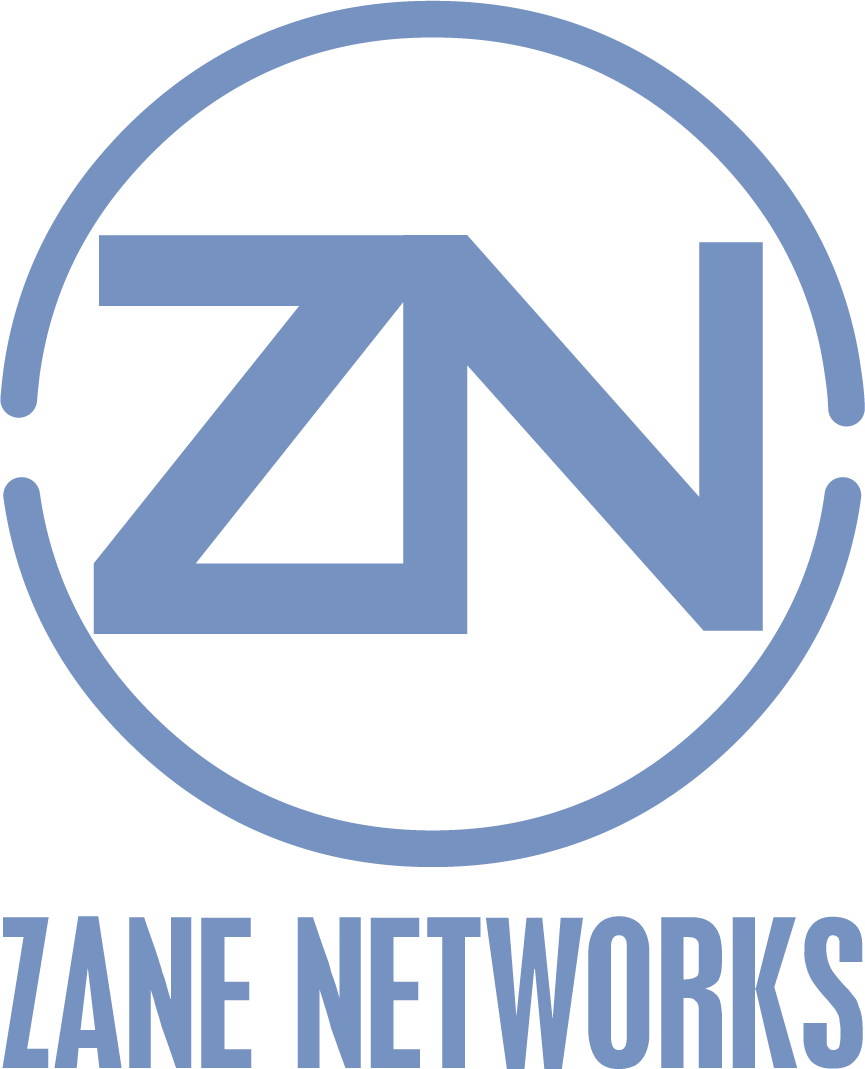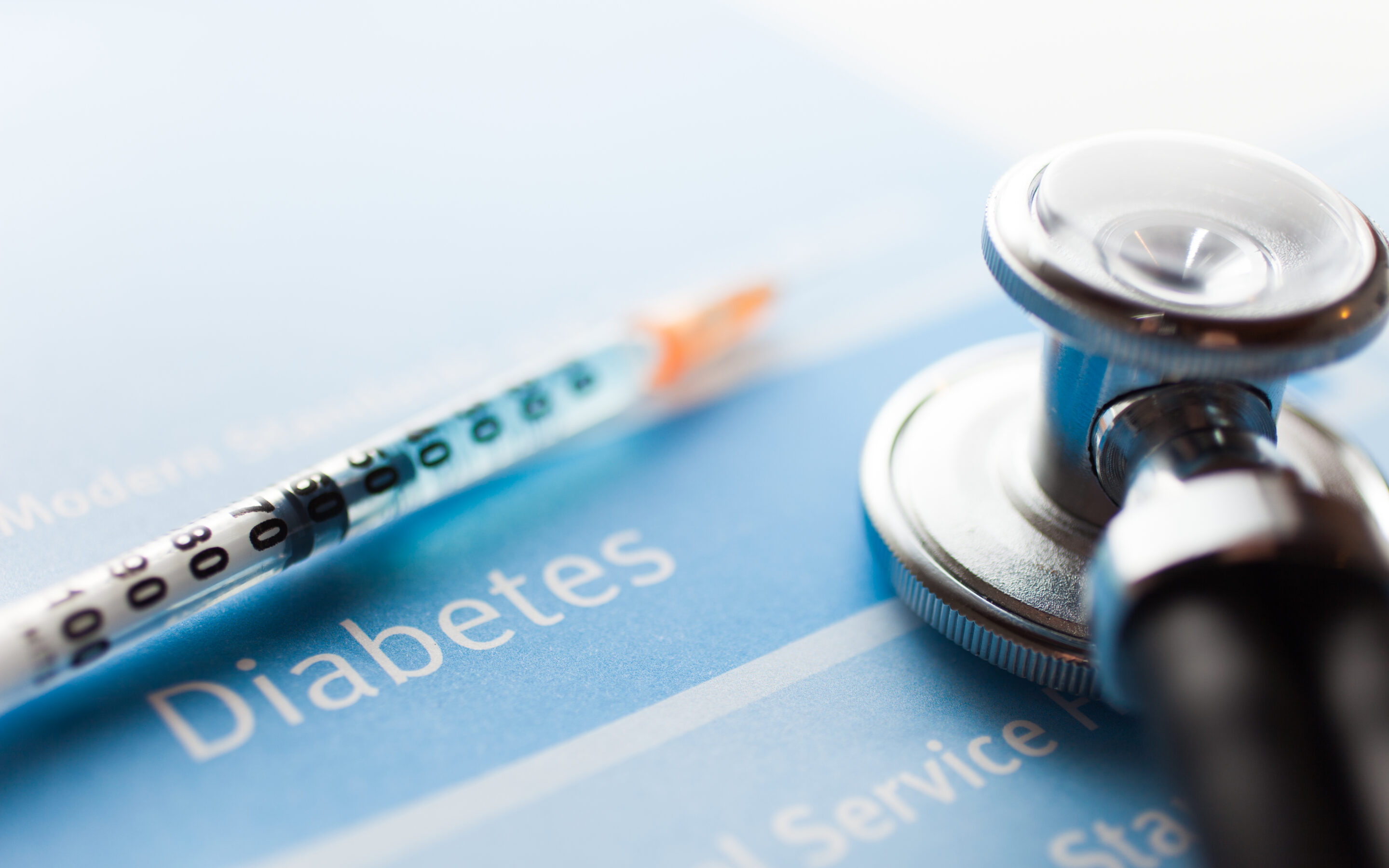DTC App helps diabetes patients better engage in their care
Constant communication and education are critical to help patients manage their diabetes symptoms and avoid costly complications.
About 10% of people in the United States live with diabetes, but the incidence is higher among African-Americans. In Washington, D.C., where the Howard University Hospital Diabetes Treatment Center (DTC) serves 7,000 diabetes patients, the incidence is roughly double that national rate, says Dr. Gail Nunlee-Bland, an endocrinologist and longtime center director.
Constant communication and education are critical to help patients manage their symptoms and avoid costly complications that can rob patients of mobility, eyesight and even their lives. Nunlee-Bland received grants from the National Institutes of Health and the National Library of Medicine to build and later refine a patient portal and mobile app to help diabetes patients find the information they’re looking for and connect with providers and support staff. Nearly 50% of patients use the app, which also has gained popularity among physicians and staff as the pandemic upended traditional workflows.
“We provide a multidisciplinary approach to managing diabetes, a one-stop shop where patients can come in and meet with the doctor, the educator, the nutritionist and others without having to go to several different places,” Nunlee-Bland says. “We coordinate management, and we try to provide optimal care for people living with diabetes.”
The portal is available 24 hours a day via a computer, tablet or smartphone. Features help patients:
Facilitate communication
- Manage appointments
- Track and request medications
- Access an online diabetes education library
Enhancement Increases Usage
The portal was initially launched in 2014-2015, but enhancements and improvements have been made along the way, including a mobile app for iOS and Android phones and increased functionality in response to patient focus groups. Only 5% of patients used the first iteration of the portal. Before making initial enhancements, DTC held focus groups to ask patients what they wanted from a portal.
“That’s when we learned that they wanted to communicate with the providers,” Nunlee-Bland says. “And they wanted prescription refills — those were the two main things. After the improvements, we saw usage improve, with up to 50% of the patients using it on a regular basis.
Zane Networks provided technical project management and software development services to upgrade the portal and mobile app. The upgrade better equips the portal to serve as a communications tool, linking patients to the DTC team to better facilitate coordinated care and diabetes self-management.
Setting up new patients in the portal is part of the intake process performed by a medical assistant or staff person who registers the patients for them to use the portal. Nunlee-Bland stresses the importance of gaining internal buy-in for new communications channels such as the portal. She admits that staff weren’t overly enthused with the portal — until COVID-19 hit.
“To be honest, my staff didn’t use it very much. I was probably more excited about it than they were,” Nunlee-Bland says. “But as COVID closed our center, they got very interested because we had to do a lot of remote patient management and monitoring. They became very much engaged and now 100% of my staff is using it. That’s where we have seen the change.”
‘A Great Communications Tool’
The DTC portal contains culturally appropriate health education content that can be accessed via an e-learning link. Appropriate internet resources are integrated into the portal and categorized into topics to improve patient navigation. Secure messaging technology allows communication between providers and patients, with no personal health information (PHI) being stored on mobile devices. Messaging includes appointment reminders, medication refill instructions and patient messages through a secure link.
Staff also use the app to communicate among themselves, which improves workflows, Nunlee-Bland says. “It is a great communication tool,” the center director says. “Staff can message me to say that a patient wants a callback or has a question. Sometimes our patients need letters for new jobs and so forth. I can prepare the letter and upload it into the portal, and they can print it out at home, so they don’t have to come in.”
In addition to education and messaging, patients can request appointments through the portal. They can choose from appointments for a medical visit, nutrition help, education, pharmacy issues, insulin pump training, continuous glucose monitoring or a telehealth visit.
Virtual visits exploded during the initial pandemic shutdowns, but they remain popular during times when in-person visits are being limited, Nunlee-Bland says. To conduct a telehealth visit, the provider sends a secure link the patient can access from a desktop, tablet or mobile device to join the call. The ability to quickly transition to telehealth during the first months of 2020 was crucial to continuing the level of care that the DTC’s patients needed to manage their diabetes and comorbidities, she notes.
That includes telehealth options for Spanish-speaking patients. The app incorporates the ability to bring an interpreter into the video call, creating a split screen like people are accustomed to using Zoom or other teleconferencing apps.
“When the rules were relaxed around telehealth, we were able to ramp up very rapidly to stay in contact with our patients,” Nunlee-Bland says.
Conclusion
The Howard University Hospital Diabetes Treatment Center provides a valuable resource to patients in the greater Washington, D.C., area. The importance of helping patients understand and optimally manage their diabetes is critical, for their own health and for lowering societal medical costs, which totaled nearly $330 billion in 2017. Two-thirds of diabetes care costs are borne by federal payers.
Nunlee-Bland reiterates the importance of the center’s diabetes portal and app to improve communications that lead to better care. Without the portal, “I think my staff would go crazy, because we were using those paper pads, with the telephone sticky notes,” Nunlee-Bland says.
“Staff would stick the notes in our box and then half the time we would put them somewhere and couldn’t remember where and then have to go back to that carbon copy. The portal and app make communication so much easier for patients and staff.”
Alexandra Jellerette is President of Zane Networks.

